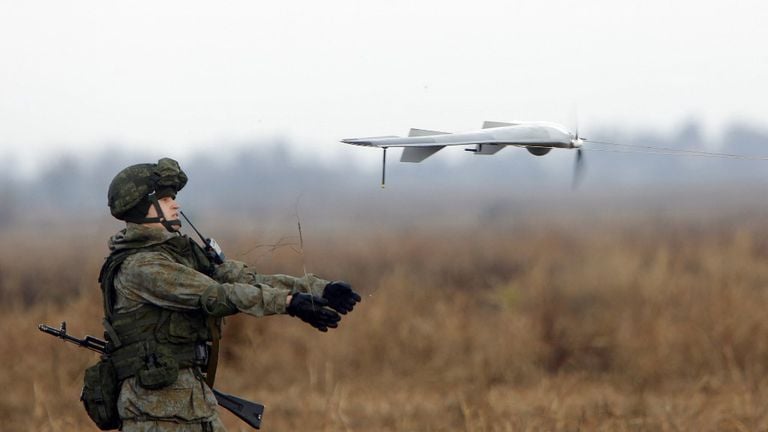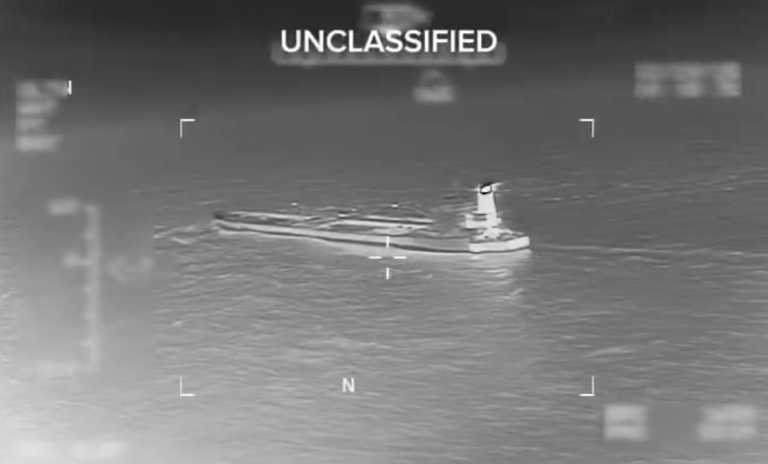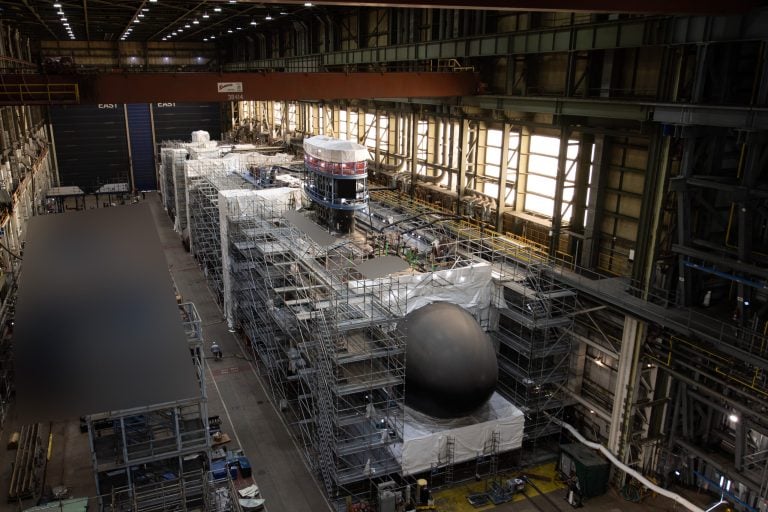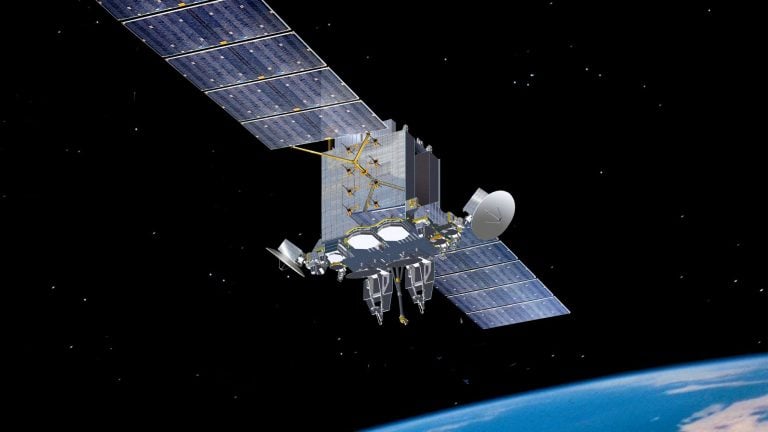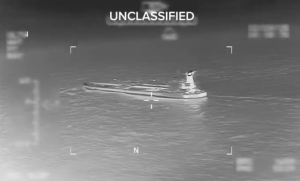Lockheed Martin, in collaboration with the US Army, recently executed a virtual demonstration of joint integrated fires utilizing the Combined Joint All-Domain Command and Control (CJADC2) system. This initiative took place during Exercise Balikatan 25, which is recognized as the largest annual joint exercise between the Philippines and the United States. Notably, this demonstration marked the first deployment of the CJADC2 system within the US Indo-Pacific Command’s operational area.
The demonstration showcased the integration of various systems that were not originally designed to work together, emphasizing a novel approach that combines sensors, effectors, and mission command systems. This integration is aimed at enhancing operational flexibility in targeting and engagement, a critical capability in modern warfare.
During the exercise, Lockheed Martin and the US Army successfully shared targeting data across multiple platforms. This capability allowed for the simulation of an in-flight redirection of a rocket to accurately strike a moving surface target, demonstrating the advanced targeting capabilities of the High Mobility Artillery Rocket System. This augmentation enables the system to engage both ground and maritime targets with improved precision.
The CJADC2 initiative plays a vital role in the US Department of Defense’s broader effort to unify various sensors and weapons systems into a cohesive network that facilitates coordinated operations across numerous domains, including land, air, sea, space, and cyber. The system significantly improves real-time data processing and response capabilities, addressing the complexities of contemporary battlefield scenarios.
Key components of the CJADC2 framework involve the integration of missile defense sensors, real-time tracking and coordination of hypersonic threats, and an extensive global communications infrastructure. This network supports critical engagement decisions, thereby enhancing the overall effectiveness of military operations.
As military strategies continue to evolve, the successful implementation of the CJADC2 system represents a significant advancement in the integration of technology, paving the way for future developments in joint military exercises and real-world applications.



